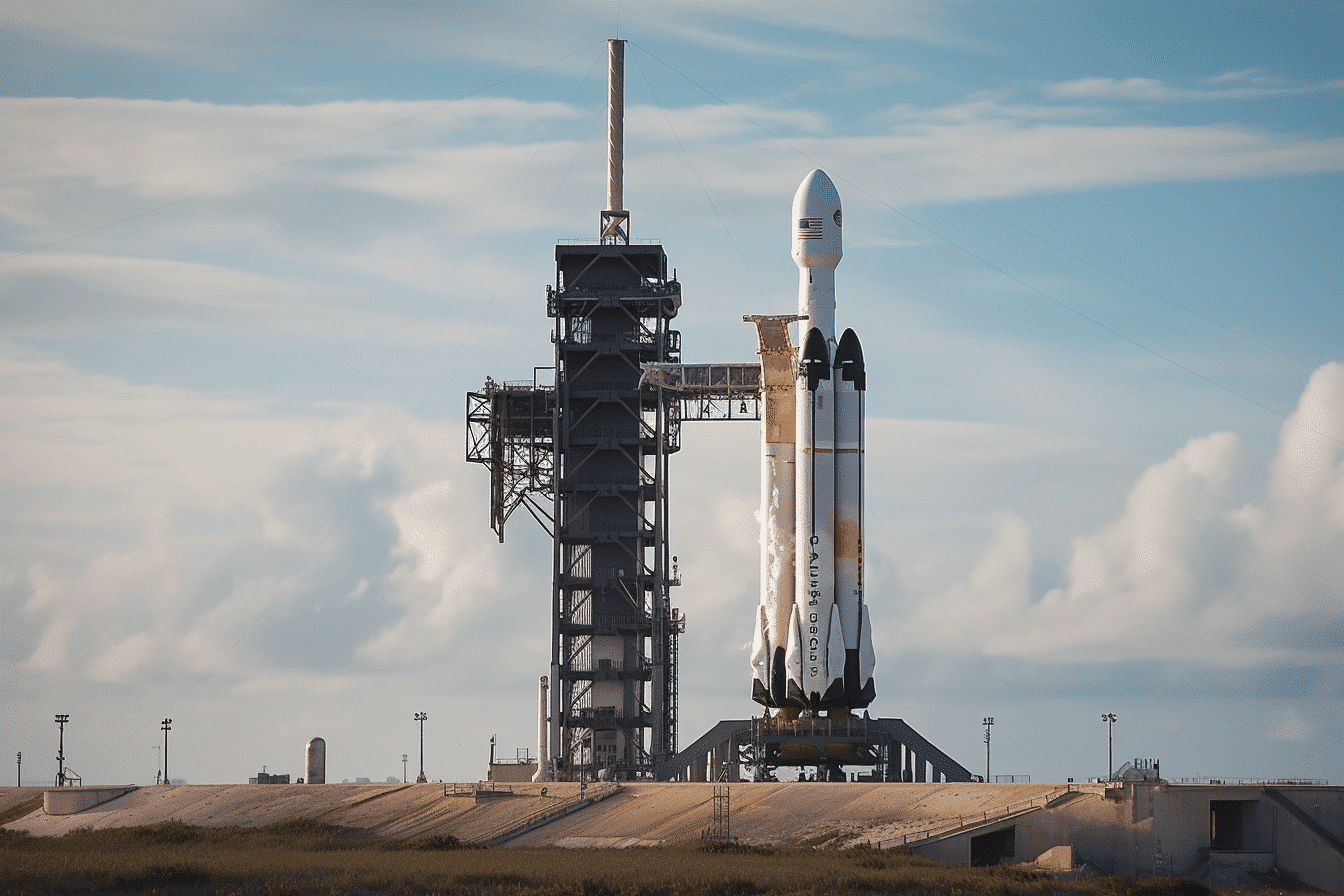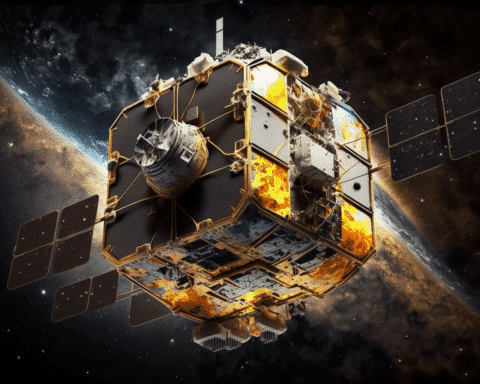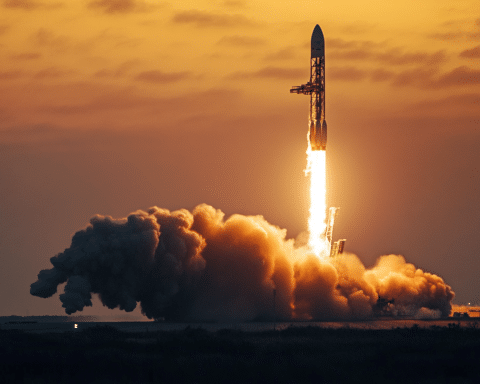In a monumental stride for space exploration, SpaceX’s flagship Falcon Heavy rocket took to the skies on a sunny Friday morning, ushering in NASA’s ambitious asteroid-bound mission. It was launched from the historic Kennedy Space Center in Florida at 10:19 a.m. This mission underscores the ever-growing collaboration between the private space industry and governmental space agencies.
The centrepiece of this mission is the study of the asteroid named Psyche. “Targeting the asteroid Psyche, the eponymous NASA mission is flying a spacecraft — about the width of a tennis court — on a journey of almost six years and about 2.2 billion miles, arriving at the planetary body in July 2029,” the mission briefing stated. This celestial object has garnered considerable interest from NASA, primarily because it is “an unusual object likely rich in metal.” The intent is to discern the asteroid’s very composition, with the Psyche spacecraft equipped with cutting-edge scientific instruments designed to probe its magnetic field and chemical constituents.
The financial metrics behind this endeavour are just as staggering as the mission’s scientific aspirations. The Psyche mission has been allotted an approximately $1.2 billion budget, encompassing development and operational expenses. SpaceX secured a contract worth $131 million as part of this financial layout to ensure the mission’s successful launch.
This launch highlights the Falcon Heavy’s reliability and prowess and marks its eighth outing. As per SpaceX’s sustainable vision for space travel, the company successfully “landed the rocket’s pair of side boosters, to recover and reuse them for future launches.”
In conclusion, the successful launch of the Psyche mission by SpaceX’s Falcon Heavy is a testament to the evolving capabilities of the private space sector and its collaboration with government space agencies. As we collectively gaze towards the vast cosmos, endeavours like these pave the way for deeper understanding and further exploration.




